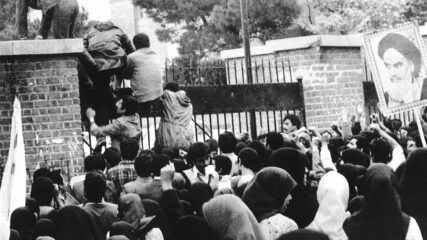March 24, 1966
An instructional program in math, geared toward seventh- and ninth-graders in 32 schools in the middle of the country, becomes Israel’s first television broadcast.
The Israeli government has viewed television as a negative influence on society and culture, even as broadcasters in neighboring Jordan (in 1956) and Egypt (in 1960) hit the airwaves, but the use of television in the classroom is seen as potentially beneficial.
Israeli Educational Television broadcasts are designed to take up half a class period, allowing teachers to finish the lessons. The subjects include math, English and biology.
Because many officials consider television a bourgeois temptation likely to make Israelis crave an unattainable Western standard of living, the Israeli Broadcast Authority does not begin telecasts for the general public until 1968, and the educational and general programming share a single channel until the late 1980s. Color television doesn’t arrive in Israel until 1983, and Israelis aren’t offered a second channel, the first commercial network, until 1993. Cable television begins in 1994, and a third major broadcast channel is launched in 2002.
After the slow start, Israeli television starts to blossom creatively in 2005 with the premiere of “BeTipul.” An HBO version in English, “In Treatment,” premieres in 2008 and wins two Emmys and a Golden Globe. Showtime finds even more success with “Homeland,” based on Israel’s “Hatufim.” “Fauda” becomes a hit after Netflix begins streaming the Israeli series in 2016, paving the way for other Israeli shows to reach worldwide audiences.









